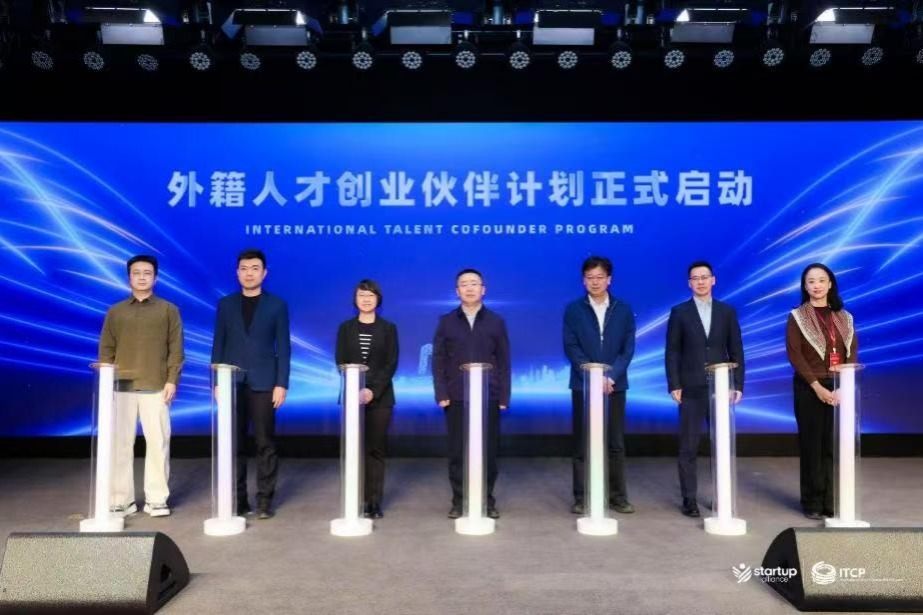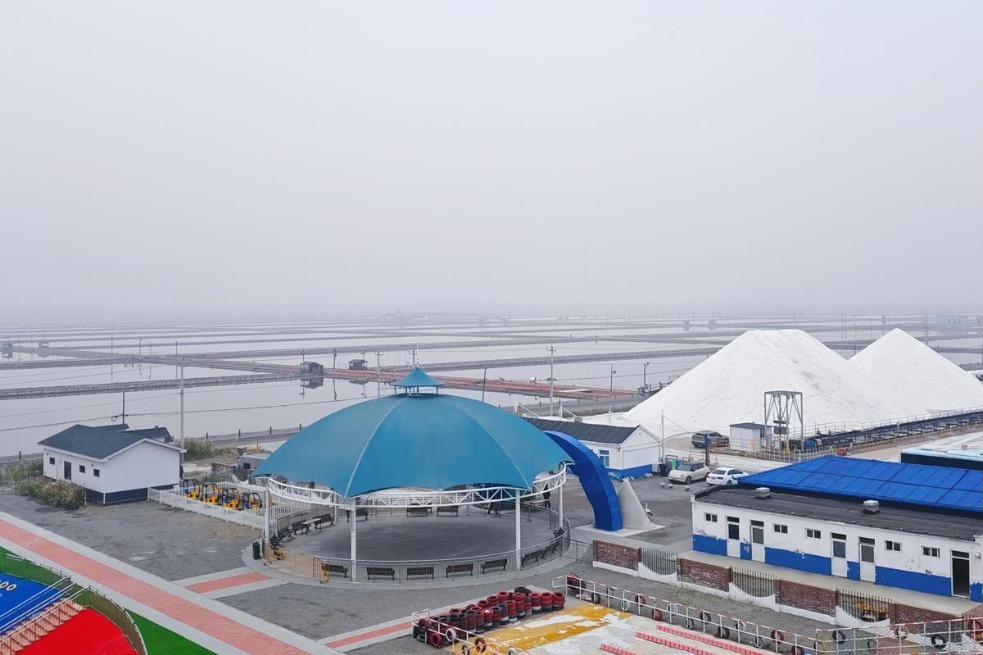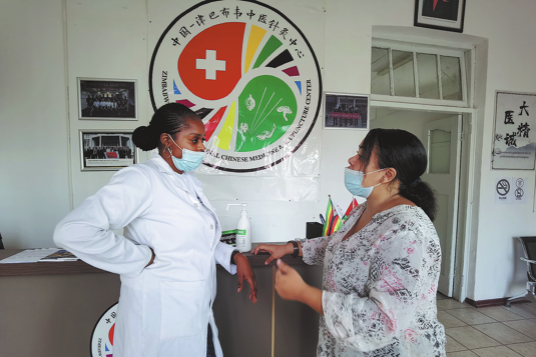Greenhouse gas monitoring helps experts craft emission-cutting plans


Zhang said that accurate measurement of greenhouse gas emitted helps authorities formulate emission reduction plans.
After plans are put in place, the data also provide scientific support to evaluate how effective the reduction efforts are, Zhang said.
"Efforts can include replacing fossil fuels with new energy and developing technology to capture and store the carbon that would otherwise be discharged into the atmosphere," he said.
Zhang compared greenhouse gases to a blanket that stops long-wave radiation from the Earth's surface and atmosphere from escaping and retains heat.
"As the gases surge and make the world warmer, some rarely seen extreme weather patterns occur.
"The constantly increasing greenhouse gas in the air shows that human activity still exerts an impact. There is a long way to go in environmental protection, both for China and the international community," he said.
China intends to reach a carbon dioxide emissions peak before 2030 and achieve carbon neutrality-a balance between carbon emissions and absorption-before 2060.
"China, a populous developing country, has just 30 years to finish the transition from peak to neutrality, compared with (the lengthy time) developed countries will take.
"We need greater efforts, and the goals show we are dedicated to embarking on a green development path," Zhang said.
The data from the bulletin was measured at the China Global Atmosphere Watch Baseline Observatory on Mount Waliguan in Qinghai province, which is located on the Qinghai-Tibet Plateau.
"The observatory's measurements cover not just China, but larger-scale areas of the Northern Hemisphere, where greenhouse gas density is similar," he said.
"We can also measure greenhouse gas emissions by satellites and reports from businesses that discharge them.
"However, there is a time lag between the reports and the gas emissions, and satellite monitoring has a lower accuracy level," Zhang said.
Through the Waliguan observatory, China has contributed to the world's understanding of climate change, he said.
The Waliguan observatory, the only such observatory in Eurasia, has filled in the data gap in the area since 1994.
It was one of the 31 participants in the World Meteorological Organization's Global Atmosphere Watch program.
Greenhouse gas data provides important support to decision-making in the international community, according to the China Meteorological Administration.
The data has been adopted by various organizations, including the World Meteorological Organization and the Intergovernmental Panel on Climate Change.
- Forum unites global experts to enhance city image communication
- Miao New Year celebrations get underway in Guizhou's Leishan county
- Mainland spokesman reiterates stand on Taiwan
- Fujian county's rural development becomes a big draw for Taiwan investors
- Nobel laureate in chemistry: Give young scientists more independence
- Are Asians really better at math?




































